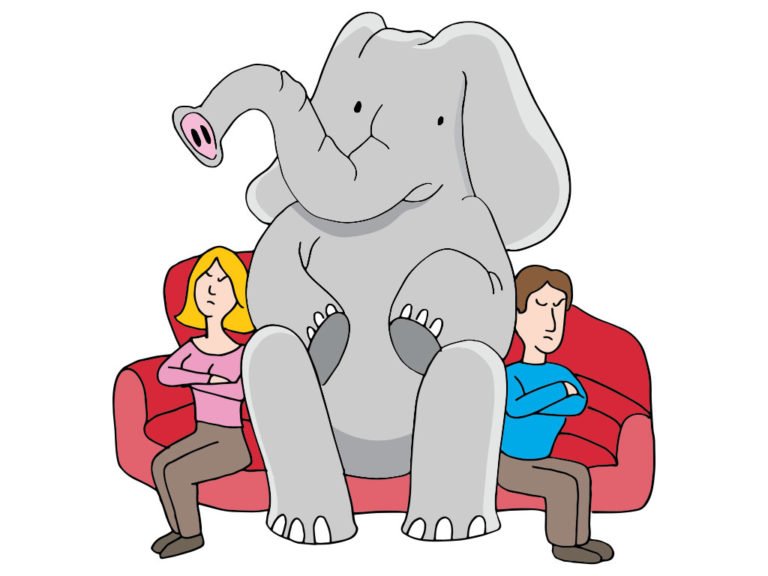We know the cycle. He swears its an addiction. He accuses and she denies. Because alcohol and substance use disorder are diseases that can be diagnosed, specific criteria eliminates some of the speculation on how much use is too much.
Alcohol use disorder, and the various types of other drug use disorders (e.g. opioid, cocaine, marijuana), have the same signs and symptoms that all fall under the larger umbrella of “substance use disorder.”
All Of These Disorders Have:
- Signs (outwardly observable behaviors or consequences related to the use of the substance)
- Symptoms (personal, subjective experiences related to the use of the substance)
The American Psychiatric Association diagnoses the severity of substance use disorders by identifying the presence of problematic patterns using the criteria below over a 12 month period:
- Amount – Does the patient take the substance in larger amounts for longer than intended?
- Control – Does the patient want to cut down or quit but is unable to?
- Time – Does the patient spend large amounts of time obtaining the substance?
- Cravings – Does the patient experience a strong desire or have cravings for the substance?
- Obligations – Is the patient repeatedly unable to carry out obligations at work, school, or home due to substance use?
- Social – Does the patient continue to use the substance despite persistent or reoccurring social or interpersonal problems or harm to relationships?
- Activities – Has the substance abuse caused the patient to stop or reduce important social, occupational, or recreational activities?
- Hazard – Does the patient continue to use the substance in hazardous situations such as driving under the influence?
- Harm – Does the patient keep using the substance despite the knowledge of the substance causing persistent or recurrent physical or psychological problems?
- Tolerance – Does the patient need for more and more of the substance(s) to achieve the desired effect or a diminished effect with the continued use of the substance at the same dose?
- Withdrawal – Does the patient suffer from withdrawal symptoms as either a characteristic syndrome or need to keep using to avoid withdrawals?
What’s The Diagnosis?
Patients who answer “Yes” to 2 or 3 of these questions have a mild substance use disorder. Patients who answer “Yes” to 4 or 5 questions have a moderate substance use disorder. Finally, patients who answer “Yes” to 6 or more questions have a severe substance use disorder.
It’s An Addiction. Now What?
Although the above questions are used by physicians, the first step is to get assessed. Once a diagnosis is made, the pain often increases because we can no longer deny the problem. However, the healing can also begin. Today, more help is available than ever before. The next step is to find help. Recovery Guidance lists treatment centers, addiction physicians, counselors, and support groups (i.e. 12 Step meetings) who can help the patient and the family.





















